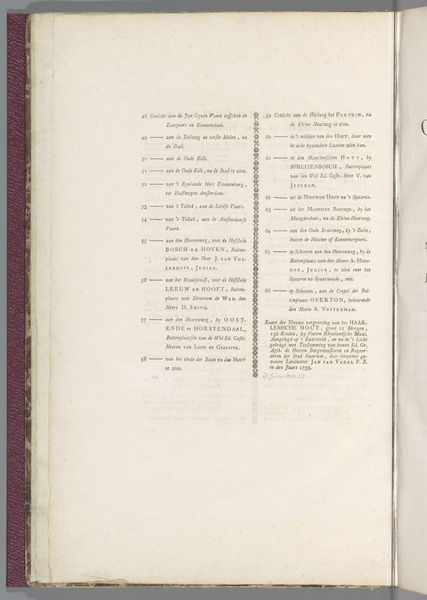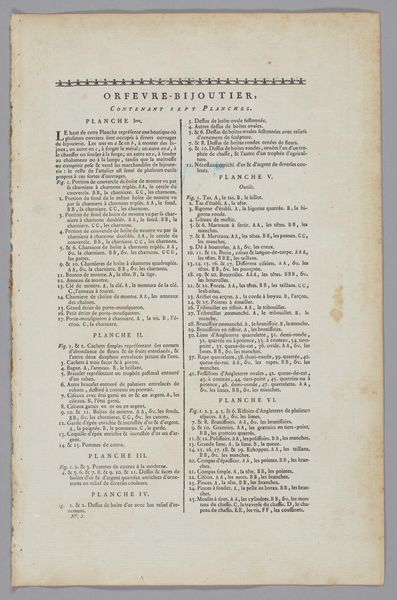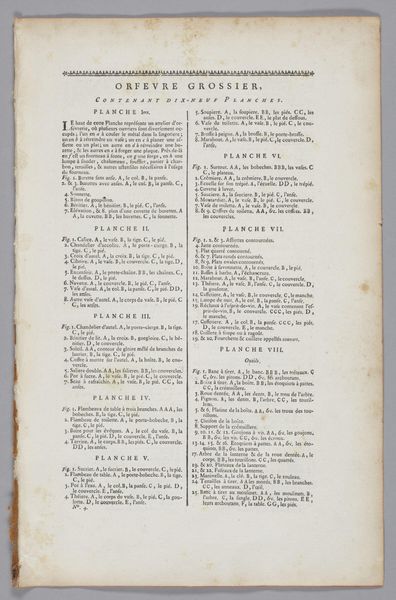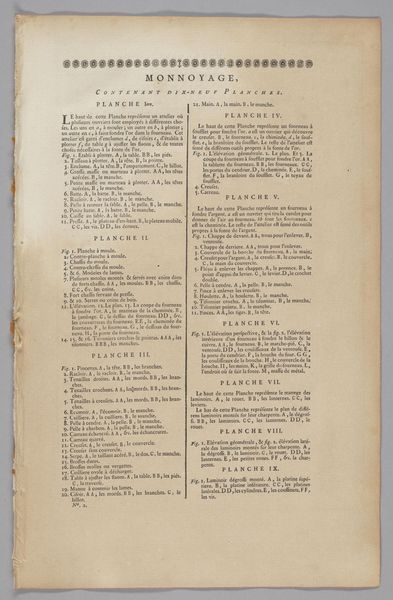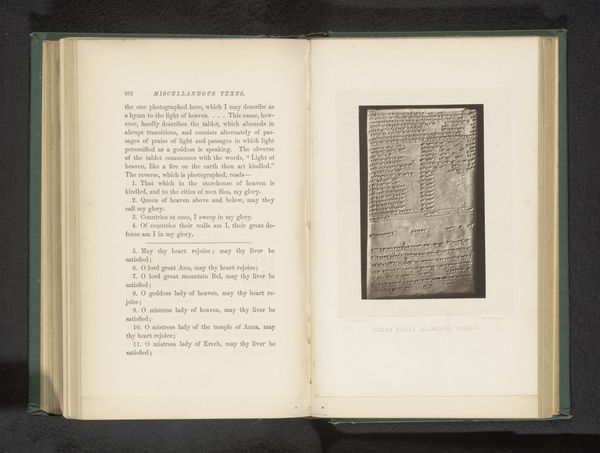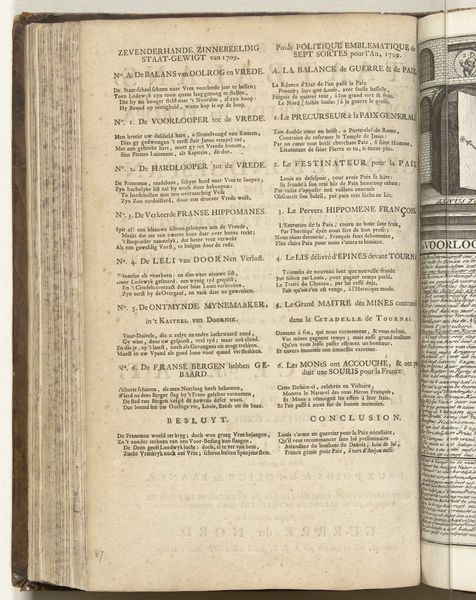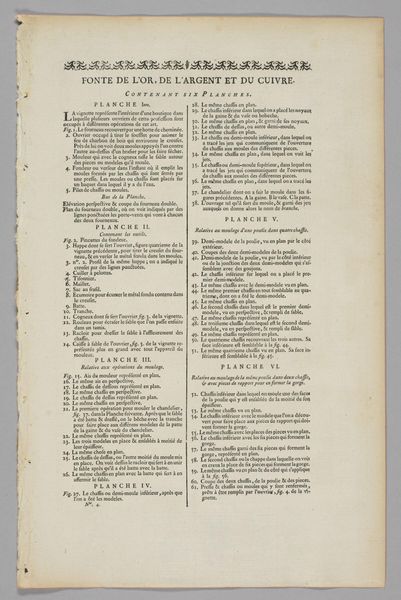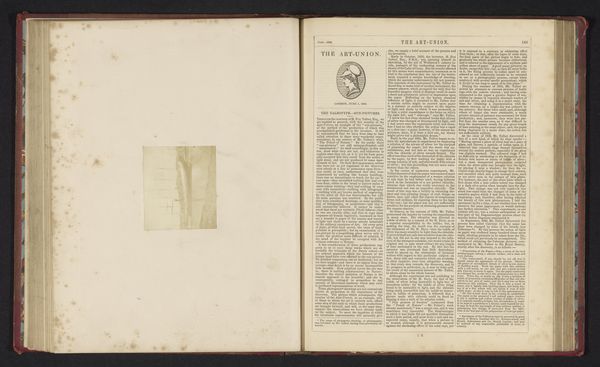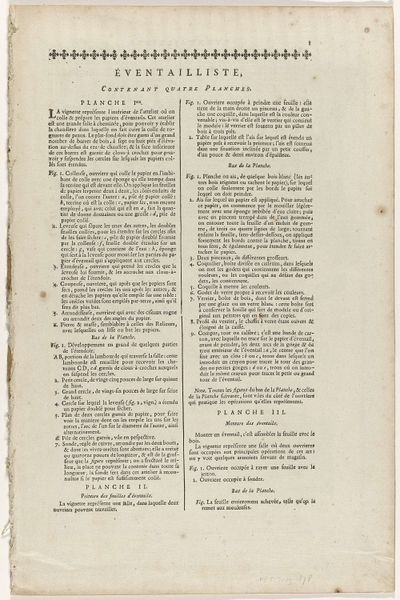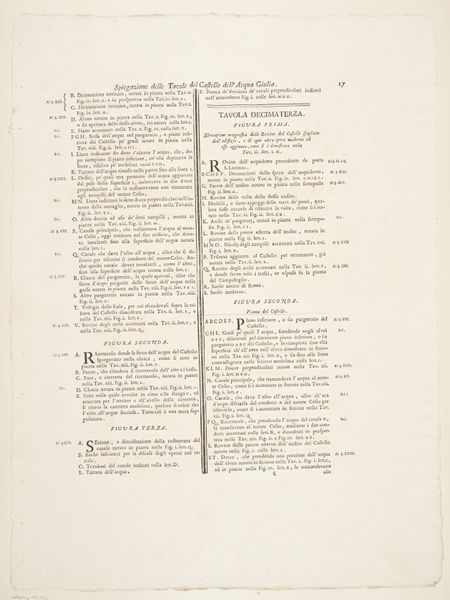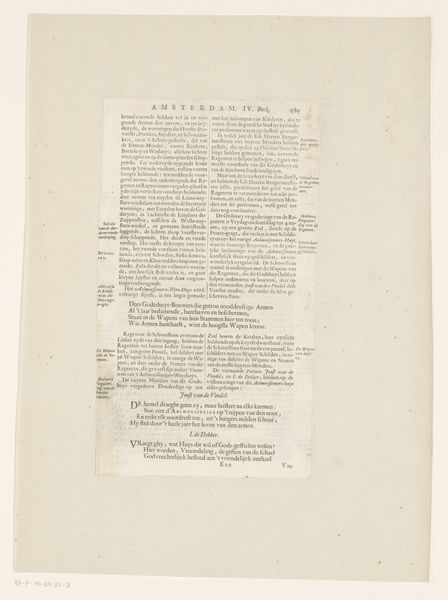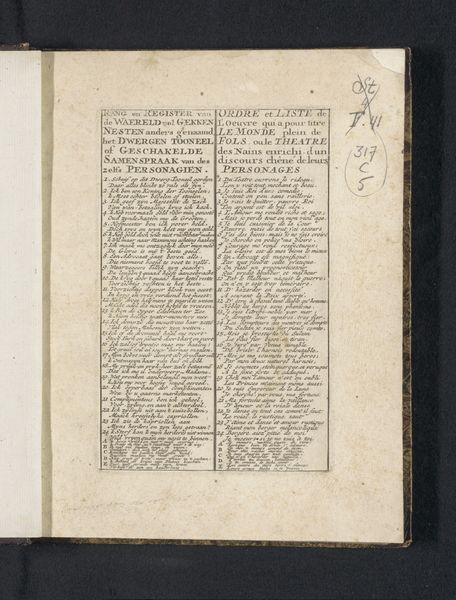
Inhoudsopgave in: Tweede vervolg van twee- en twintig aangenaame gezichten in de vermakelyke landsdouwen van Haarlem, nieuwlings naar 't leven getekend door de beroemde konstenaars H. Spilman en C.V. Noorde, 1763 1763
0:00
0:00
graphic-art, print, paper, typography
#
graphic-art
#
dutch-golden-age
# print
#
paper
#
typography
Dimensions: height 424 mm, width 265 mm
Copyright: Rijks Museum: Open Domain
This is the index from a book, made in 1763 by Jan Bosch, which details scenes of Haarlem. Consider the arrow motifs next to the descriptions on either side of the page. Arrows are commonly used to signify direction or trajectory, and in this context, they guide the reader through the scenic landscapes depicted in the book. This linear association contrasts with the meandering, cyclical nature of cultural memory. Throughout history, arrows have appeared as symbols of purpose, intention, and even aggression. We see them in ancient mythologies as Cupid's arrow or emblems of mighty hunters. It's fascinating how this straightforward sign takes on layers of meaning across different eras. These cultural echoes resonate deeply, touching upon primal instincts and shared human experiences. As we gaze upon these arrows, we are reminded of the complex interplay between our conscious intentions and the depths of our collective past. This serves to demonstrate how these symbols echo across time, and how the human psyche is deeply influenced by the images and symbols that recur throughout history.
Comments
No comments
Be the first to comment and join the conversation on the ultimate creative platform.
